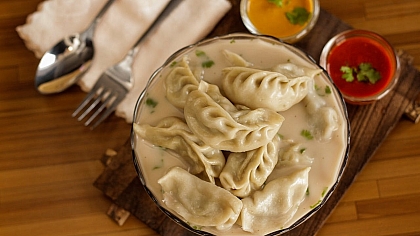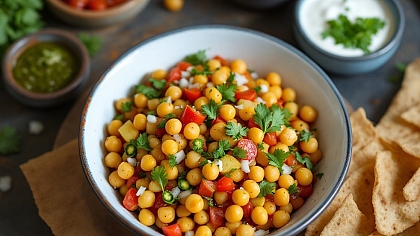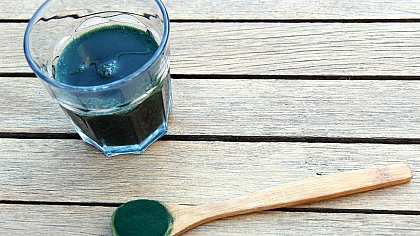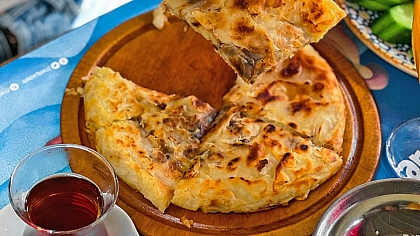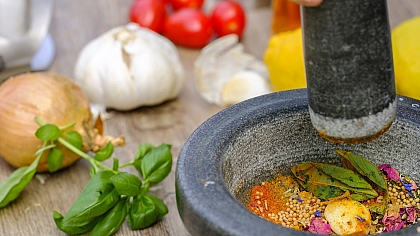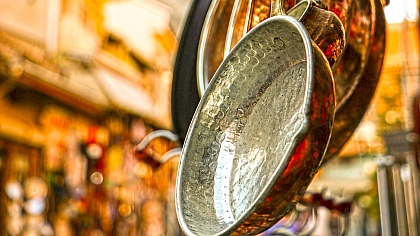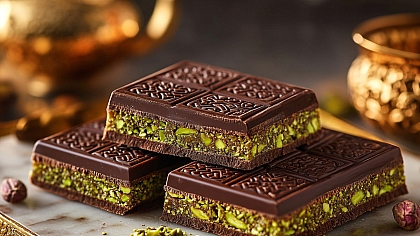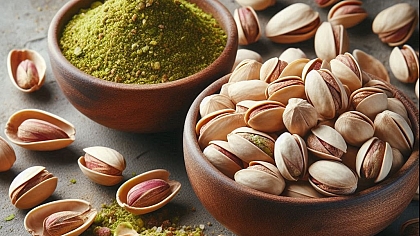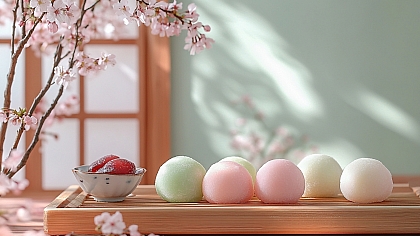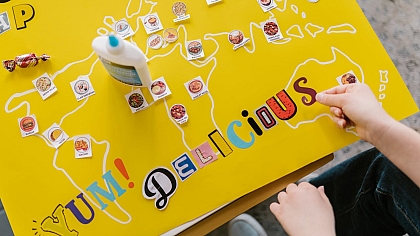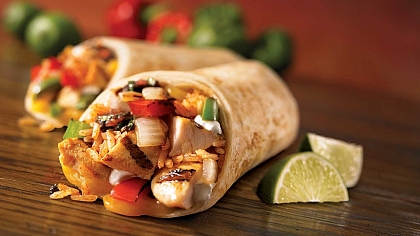
South Asian Food: Bangladeshi Cuisine
Bangladesh is a small country lined with rivers and has a tropical monsoon climate, so it is only natural that seafood plays a big part in the diet of the people of Bangladesh (on average, 80% of animal protein in their diet comes from fish).
Bangladeshi cuisine isn’t just limited to seafood, however, and there is a large variety of wonderful dishes ranging from meat curries to spicy biryani. Much like the Italians, many people from this country have settled all over the world opening restaurants and spreading their love with their delicious cooking.
Bangladesh was once ruled by the Mughal Empire so their dishes are largely influenced by Persian, Turkish and Arabic cooking the same way Mughlai cuisine is.
An interesting point to note is that not only is Bangladeshi cooking great, but there is also an etiquette to be followed in the country, known as Bangaliketa বাঙালি কেতা, and consists of everything from how to invite people to dinner to even how to serve the utensils at the table.
Here are some of the top dishes from Bangladesh:
Hilsa/Ilish Curry
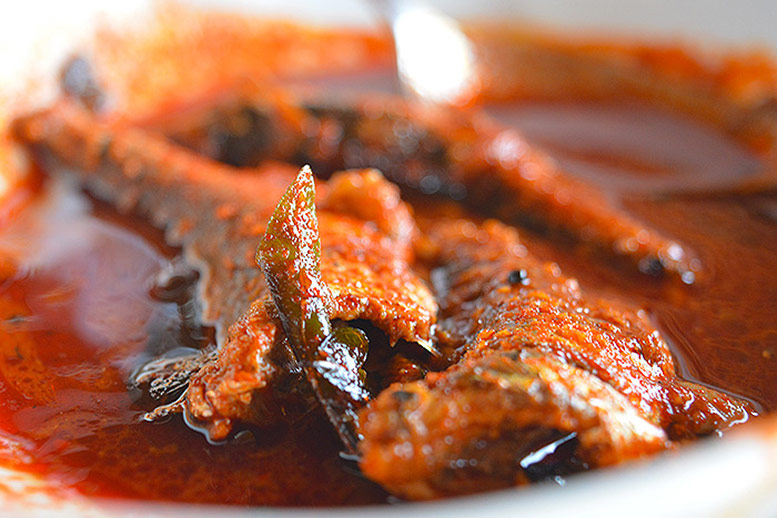
The national dish of Bangladesh, the ilish fish is abundant in the country and therefore is the most popular fish cooked in the region. The spices used in this dish give it a sweet and sour flavour.
Kachchi Biryani
Normally eaten at weddings and celebrations, kachchi biryani is prepared in a unique way from its Indian/Pakistani counterparts. The ingredients are combined raw and cooked together differing from other types of biryani where the ingredients are cooked separately. Traditionally the ingredients are sealed in a clay pot so the delicious, spicy meat and rice can cook in their own steam. The term kachchi meaning “raw” refers to the process of preparing this dish.
Morag Polao
Rice cooked with spices, yoghurt and ghee mixed with large flavourful chunks of chicken, morag polao is truly the delight of Bangladesh. The beauty behind this dish that makes it stand out from most South Asian cooking is that it isn’t intensely spicy as the yoghurt cools the dish, instead, the chicken has a mild flavour and melts in the mouth. If you love chicken then you are sure to love the morag polao.
Fuchka
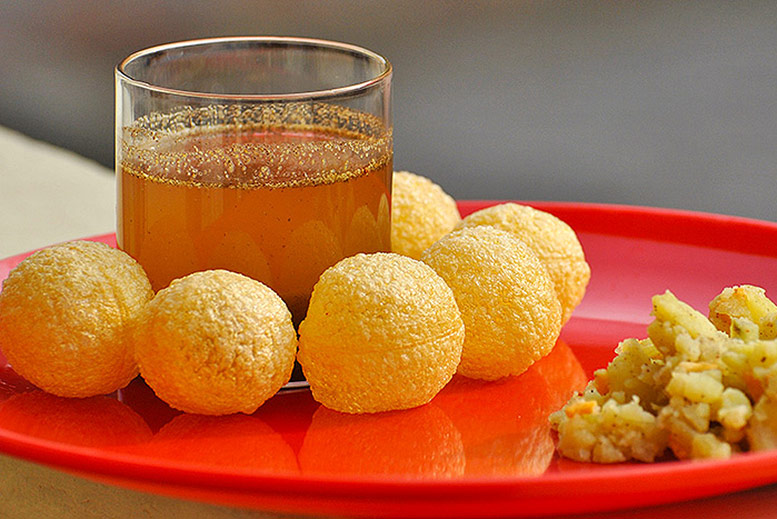
Known in Pakistan as gol gappa and in India as pani puri, fuchka is much loved by the people of Bangladesh. This is a popular street food and consists of a small, fried ball of puri which is hollow and can be filled with chickpeas, chutneys and a load of spices. It is a delicious spicy snack for on-the-go.
Panta Bhat
A simple rice dish usually enjoyed cold, panta bhat is a summer treat in Bangladesh. It is easy to prepare and super nutritious; the dish is normally topped with chillis and onions but can also be served with ilish fish.
Chotpoti
A common street food dish, chotpoti is made from chickpeas and diced potatoes in a tamarind sauce topped with crumbled pieces of fuchka. No two servings of chotpoti are the same and some toppings can be added, it is down to personal preference. It is also known as bhel puri in India.
Paratha
A type of bread made from wheat flour, a paratha can be plain or stuffed with various fillings including potatoes or meat. Whether eaten for breakfast or used to mop up a curry for dinner, the paratha is a staple food of Bangladesh.
Dhokar Dalna
A “cake” made from lentils which is fried and cooked in a tomato-based sauce, dhokar dalna is a traditional Bangladeshi vegetarian dish.
Mishti Doi
A low-fat dessert made with yoghurt that is sweetened using sugar or jaggery, no trip to Bangladesh is complete for a sweet-tooth without trying mishti doi. It is available in restaurants and it is traditionally served in clay pots.
Borhani
A yoghurt drink normally served with a rich curry, borhani helps balance the spices of the food, a must-have for those who don’t enjoy such a fiery kick to their meal.
Bangladeshi Sweets
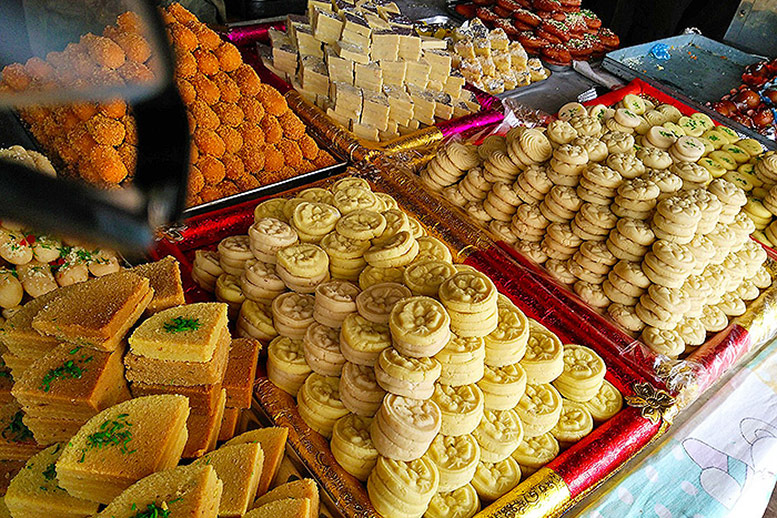
No discussion about Bangladeshi cuisine is complete without mention of the traditional sweets known as mishti (mithai in Pakistan). There are many kinds of mishti with different ingredients and flavours but a common thing most of them share is that they are usually drenched in syrup and are super sweet.
It is well known throughout South Asia that some of the best mishti comes from Bangladesh as the people have been mastering the art of making these desserts for many years.
Some popular Bangladeshi mishti include:
- Roshogulla
- Shondesh
- Rasmalai
- Patishapta
- Chom chom
Food Production in Bangladesh
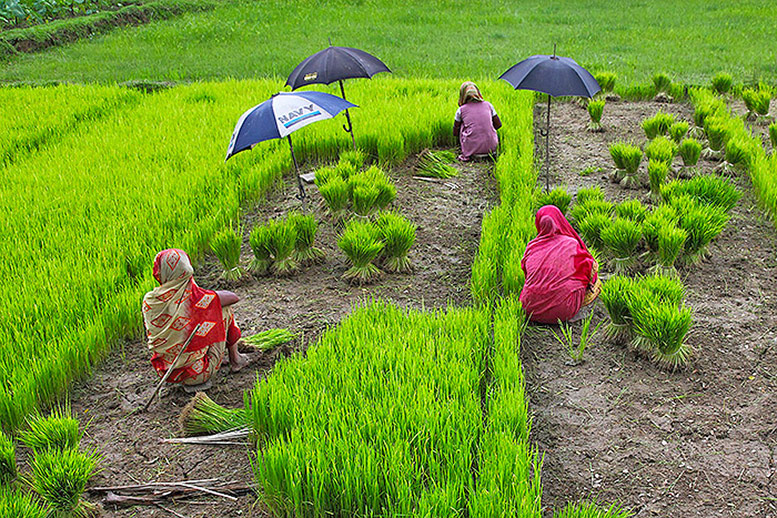
The climate of Bangladesh is ideal for many sorts of food production but the country remains one of the poorest in the world; it is interesting to think what could be achieved in such a country if a sufficient amount of funds were to be invested and it was allowed to thrive.
Poultry farming in Bangladesh is very popular and everything from chickens and ducks to turkeys and geese are kept in farms across the country. In some places, even emus and ostriches are kept and their popularity as farm animals in Bangladesh is increasing over time.

Fruit and Vegetables from Bangladesh
Although cultivating temperate fruit in Bangladesh has been unsuccessful, (although grapes can be grown in some areas) the country has a wide variety of tropical fruit and native vegetables which are used in its cuisine.
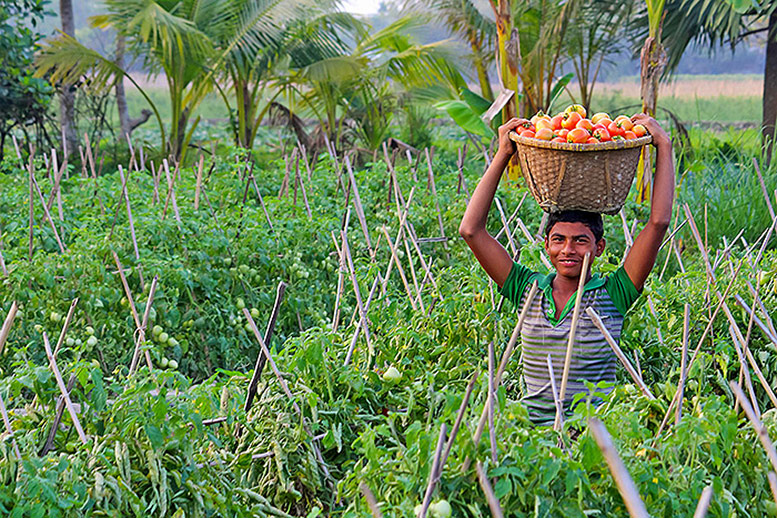
Fruit grown in Bangladesh include:
- Bananas
- Coconuts
- Mangos
- Jackfruit
- Lychees
- Wood apples
Vegetables grown in Bangladesh include:
- Bottle gourds
- Potatoes
- Beans
Aubergines - Chillies
- Naga chillies (naga chillies are very popular in Bangladesh and are used in all sorts of cooking)
- White radish
- Okra
- Red amaranth
- Banana flowers
Meat Dishes in Bangladesh
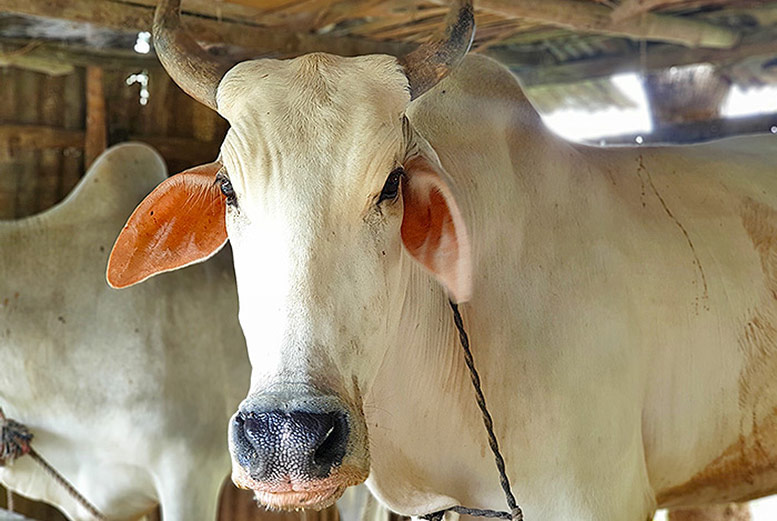
Due to successful farming, Bangladesh’s meat and egg production suffices for the country, so they don’t have to rely on imported meat and eggs.
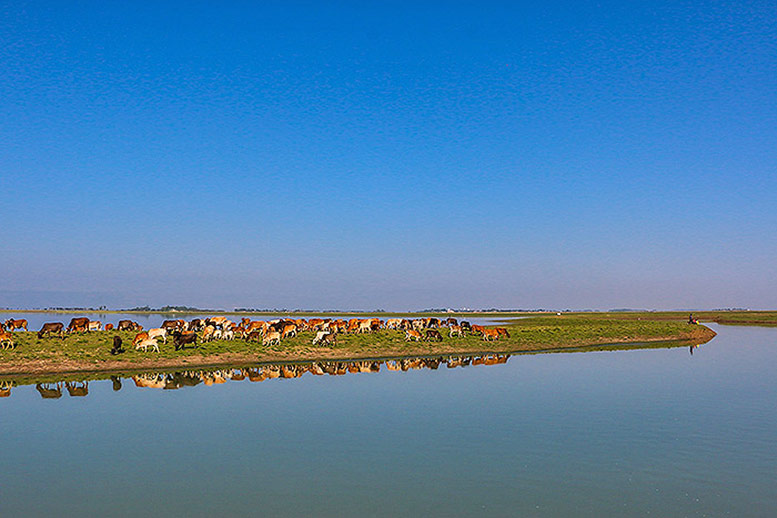
Beef bhuna – Unlike India where the majority of the population is of the Hindu faith, Bangladesh is largely a Muslim country (although officially it is secular) and therefore the consumption of beef is permitted. The Bangladeshi beef bhuna is everything a meat lover could want and more; chunks of succulent beef in a rich, spicy sauce. The beef bhuna is normally served with rice or bread.
Seafood from Bangladesh
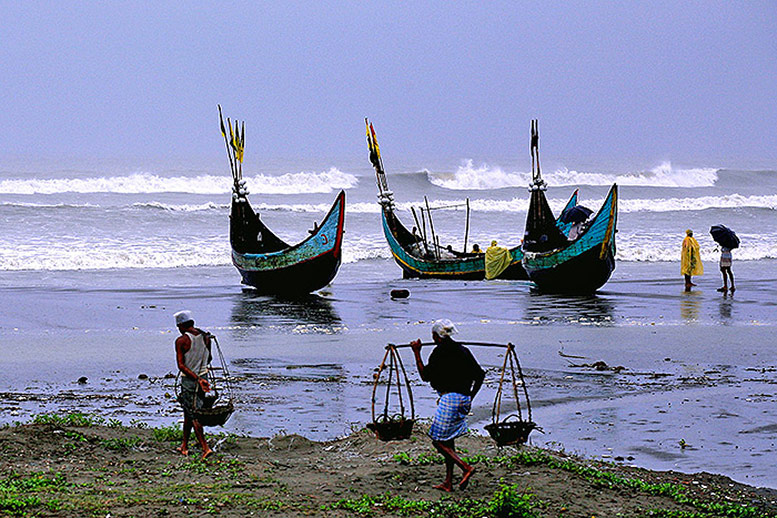
Bangladesh’s cuisine implements a lot of fish but there are so many different kinds of fish in the region it would take all day to list them all (401 species discovered to be exact!). The most common types of fish used in cooking are:
- Ilish/hilsa
- Rohu
- Bhakura/catla
- Gual (an acquired taste, when cooked properly it has a melt-in-the-mouth texture which is simply delectable)
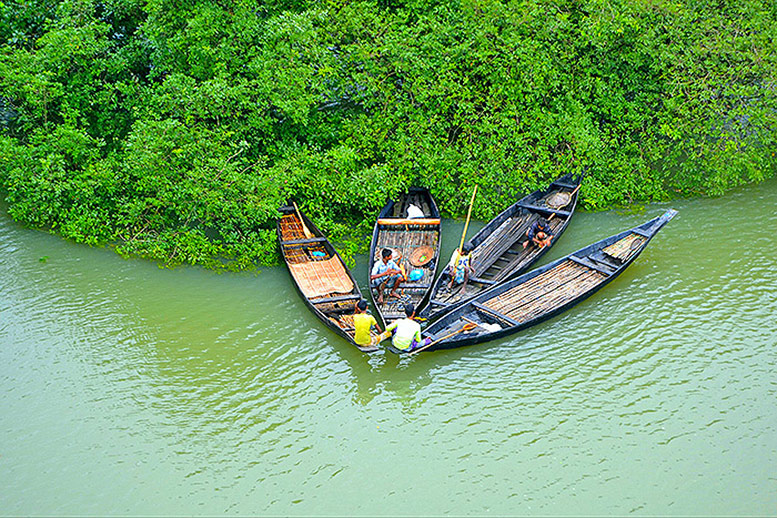
Aside from fish, Bangladesh is also famous for shrimp production due to its abundance of mangrove estuaries which are rich ecosystems and the ideal breeding ground for shrimp and many types of fish.

